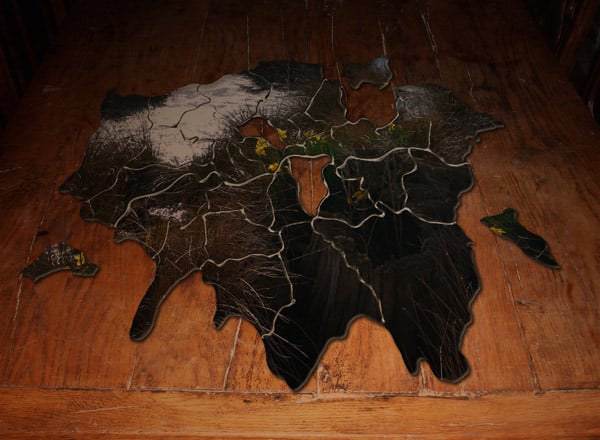Steve Whitbread, Vice-Chair, National Federation for Biological Recording

© AskAuk.com
Technological advances have not only made it possible to share, manage and put biodiversity data to use in meeting national or local needs, they also facilitate record making thanks to GPS, digital cameras and smart phone apps. And, by offering new ways to attract, involve and support individuals and communities in recording activities, technology simplifes the coordination of surveys and recording effort.
But the effectiveness of recording still depends largely on the activities, skills and enthusiasm of individual recorders, on the organisations to whom they contribute their records and on the support they receive.
Most biological records are collected to answer a specific question: What might be affected by development of this site? Is the management of a local wildlife site meeting its intended goals? Where are mistletoe, stag beetles or invasive non-native plants found in Greater London? Where is a particular species group or habitat type found in the UK? How and why are distributions changing? However, once shared, records may potentially be used many times over and combined with other data to meet different purposes.
Like GiGL, many of the 70 plus local record centres across the UK have long since passed the million record mark or will soon do so. Records available via the NBN Gateway will probably exceed 100 million by the end of 2012. Major national recording schemes hold many other records: the British Trust for Ornithology alone has accumulated a quarter billion records. At the same time, many records that are collected as part of research, academic work or consultancy surveys still aren’t shared.
Despite the total number of records available, the evidence to inform local and national decision making is often lacking, not adequately integrated or not acted on. With respect to existing and future biodiversity information needs there are numerous weaknesses, gaps, overlaps and obstacles.
At the root of the various problems and obstacles is a lack of coordination and communication. Despite the importance of biodiversity information to meeting conservation obligations, to understanding and responding to climate change and to moving us towards more sustainable development, there has never been an assessment of what the UK’s biodiversity information needs are, how they might be realised or how the activities and objectives of individual organisations fit into this and might best be supported.
The National Federation for Biological Recording considers that there is a very real need for the development of a biodiversity information strategy for the UK. NFBR is seeking to bring together the views of individuals and organisations across the whole biodiversity information spectrum: recorders, data managers and information users. A key part of this process will be a quantification of biodiversity information and communication needs. In relation to current public spending cuts, where should government and local government resources and the support of funding bodies be targeted to greatest effect?
With the recent White Paper on the Natural Environment, it is crucial that there will be a framework to ensure the supply of vital biodiversity information as well as fostering biological recording and an appreciation of the natural world within the “Big Society”. Towards Joining the Dots (available on the NFBR website) sets out a series of steps by which we might move towards a UK biodiversity information strategy might be achieved but it will be down to everyone involved with the collection, supply or and use of biological records to influence the outcomes.
